#optical phenomenon
Explore tagged Tumblr posts
Text

.359. Glory Effect
#graphic design#art#glory#optical phenomenon#saints#halo#graphic art#geometry#digital art#illustration#design#digital design#linework#gradient#gradient work#rainbow#circular#sunlight#moonlight#observation#droplets#mist#clouds#concentric#rings#dim#wave#interference#science#optics
5 notes
·
View notes
Text
one of my favorite things is an airplane from the front. lookit this doofus

i didn’t get to see the doofus as soon as i wanted to however. our flight to NYC was delayed the length of a schoolday because of some sweet sweet thunderstorming (that in the end got all our baggage wet). it was all very confusing for a very long time... but we finally boarded and got all our clothes dry after arriving which is great :]. i spent the time expanding on some crazy awesome oc lore i feel happy thinking about. yeah. nuts!!
flight pictures….yeasm….. the clouds….
i was separate from my family bc of a seating issue but it turned out ok. some kind people let me sit by them, and i got a window seat so my photo gallery was bombarded by pictures of clouds ^_^. i even got to see a (very faint) glory under our dinky skycraft!! also ended up taking a nap but i woke up in time to see the sunset.









we arrived later than anticipated but ah well. nothing a fruit bar and some burning hot vanilla steamer can’t fix (my tongue was sensitive and hurting for a full day after finishing that drink. not the best move. im ok now). such an eepy day…
#i love you altostratus clouds. mwua#i thought we were flying through the anvil of a cumulonumbis but alas…tis just some funny wide wet air#there were some rising clouds in the distance though#plane ride#planes#above the clouds#clouds#cloudblr#cloud#optical effect#optical phenomenon#optical phenomena#altostratus#altocumulus#cirrus clouds#cloudspotting#Spotify
2 notes
·
View notes
Text

#Angela Lane#Phenomenon#49#2021#sun#summer#spring#not mine#art#pink#optical phenomenon#halo#sun pillar
4 notes
·
View notes
Text

crumb of a rainbow
#rainbow#light photography#if it counts as that#probably doesnt but ha#optical phenomenon#damn i really remembered that term huh
1 note
·
View note
Text

Alone solare
Un alone (dal greco antico ἅλως ( hálōs ) 'aia, disco') è un fenomeno ottico prodotto dalla luce (tipicamente proveniente dal Sole o dalla Luna) che interagisce con i cristalli di ghiaccio sospesi nell'atmosfera . Gli aloni possono avere molte forme, dagli anelli colorati o bianchi agli archi e alle macchie nel cielo. Molti di questi compaiono vicino al Sole o alla Luna , ma altri si verificano altrove o addirittura nella parte opposta del cielo. Gli aloni solari sono anche chiamati Sun dog, Sunbow o Whirling Rainbow.
#Sun Halo#sunlight#photography#naturephotography#italy#skyphotography#optical phenomenon#Sunbow#Whirling Rainbow.
0 notes
Text
Hey isn't it interesting that on a rainbow yellow green and orange are right next to each other but purple isn't
#sanders sides#when even the colours on an optical phenomenon fit with the lore#/hj#remus sanders#janus sanders#orange aide#virgil sanders#highly doubt I'm the first person to say this#this means nothing btw#probably#i'm just desperate#and slightly delusional#blue indigo and violet are together#and red is completely seperate from them#wonder if that also means anything#(<- girl is onto NOTHING)#(I'm just yapping)#(waffling more than i did on my gcse re exam)
23 notes
·
View notes
Text
Late Night Radical-Constructivist Rambling
I believe in a few 'radical' (read: not popular) ideas regarding the self, the nature of being, reality, and consciousness. One such idea I hold in high regard is that reality is constructed by the senses, but what does that actually mean? What, in abstract, am I really getting at? Am I saying that we make up reality as we go along and that everything is fake? No, not quite.
(cont.)
To elaborate in a semi-reductive way: imagine the brain and its functions while putting a pin in the above text. In my view, the brain acts as a reality interpreter.
Think of your eyes and vision. You might say, "I can confirm with someone else that we're seeing the same thing." (i.e; a 'red' apple)
And that's true, relatively speaking. You and an outside observer can correspond and compare truths to reach a shared truth: we both perceive the apple as being red. (This concept, generally, is known as the correspondence theory of truth)
But what happens when you look at an optical illusion? Let's say that you're on your phone and see a post regarding a dress that asks what color(s) the dress is: black and blue or gold and white?
My friend might say the dress is blue and black whilst at the same time I perceive it and whole heartedly believe that it's gold and white. Some of the more clever among you might respond to this by saying we can check the hexadecimal color value(s) of the image, which is true. But consider that hexadecimal color is based upon the visible spectrum of light that we (you, I, others) are able to perceive. Is someone who is wholly colorblind wrong if they point out that the dress is actually gray and black? Because they can't perceive the same colors that you and I can?
"Yes!" I can hear the contrarians among you say. Well, alright, let's play that game.
Hypothetically, what if everyone were varying levels of colorblind, and only you and a minuscule percentage of people could see the light spectrum that non-colorblind people can see?
What if they used your logic there and said, "Actually, a majority of people see that it's gray. If we check with hexadecimal color, we can see that it's #00FFFF; objectively extremely gray!"
I hope you see the problem here and where the correspondence theory of truth falls apart.
This line of reasoning is known as The Knowledge Argument, which is often synonymous in conversation with Mary's Room. You can read more about it here (link to Standford Encyclopedia of Philosophy).
Digressing back to my earlier point about the senses and how the brain constructs reality:
By empirical comparisons of this manner on this matter, we can come to realize that what we perceive is not how reality appears, but rather how it appears relative to us. (And our senses.)
Back to optical illusions: surely you've seen a few. Take for example The Checker Shadow illusion (Wikipedia link)
The two squares are the same color. Yes, your eyes and brain are fooling you. Why is this? Well, to put it simply, your brain (the aforementioned reality interpreter) unconsciously takes the qualia (the subjective experience/phenomenon of viewing the illusion) and fills in the gaps based upon contextual information available to you. Thus, resulting in your perception of the squares being different colors.
The brain does this constantly in our day to day lives. And it isn't limited to optical illusions. Olfactory, tactile, auditory, and gustatory illusions all exist. Getting a little spooky, isn't it?
So, we've arrived at a point where we can agree at a minimum that the brain constructs reality based upon our senses. But what about the truth? Before I open that can of worms, let me posit another question to you:
When you perceive daylight and your friend in Australia perceives nightlight, which one of you is correct? And which one of you is lying?
If you believe in an objective truth, then this question will stump you. You'll tell me that I'm being fallacious in my reasoning, but that's not the case. You're encountering a problem here where you're inducting objectivity onto a problem with no objective answer.
The truth in this case, and pertaining to the question, is both dynamic and relative. Your friend isn't lying, and neither of you are incorrect. The truth relative to you is that it's daytime. The truth relative to your friend in Australia is that it's nighttime. The truth is dynamic in that it will eventually shift; you will eventually experience nighttime after experiencing daytime, and your friend will experience daytime after nighttime. Neither of you will experience them at the same time unless one of you moves elsewhere to the same time zone.
Again, neither lying or incorrect.
This is the essence of what I'm getting at. Your reality and how you experience it is just as valid as any other person's, even if you have fundamental disagreements as to the nature of reality and your contrasting perceptions.
In closing: I believe that this posits many questions about the very nature of being and consciousness, and that the world as we experience it is not as black and white as various figures claim it to be. Your experience of the world is just as valid as anyone else's and vice versa.
"There are no facts, only interpretations" —Friedrich Nietzsche.
(If you made it this far, thank you very much for reading. Any and all feedback is appreciated! 🖤🦝)
#🦝🧠#my thoughts#constructivism#philosophy#self philosophy#optical illusions#nature of reality#nature of experience#nature of being#perception#perception and reality#perception and phenomenon#perception as phenomenon#self as context#relativism#anti-realism#Contextualism#Model Dependent Realism#philosophy of self#phenomena#phenomenon and experience#itsyaboyeric#my unhinged nerd brain thoughts#late night rambles#late night thoughts#beyond pure reason#kantian ideas#Nietzsche#friedrich nietzsche
9 notes
·
View notes
Text

Sun dogs near Whitehorse, Yukon.
#archive#archiving#web archive#nature#sundog#sun dog#atmospheric optical phenomenon#atmospheric photography#atmospheric#sky#photography#whitehorse#yukon#yukon canada#canada#arctic#arctic photo#sky photography
42 notes
·
View notes
Text

-


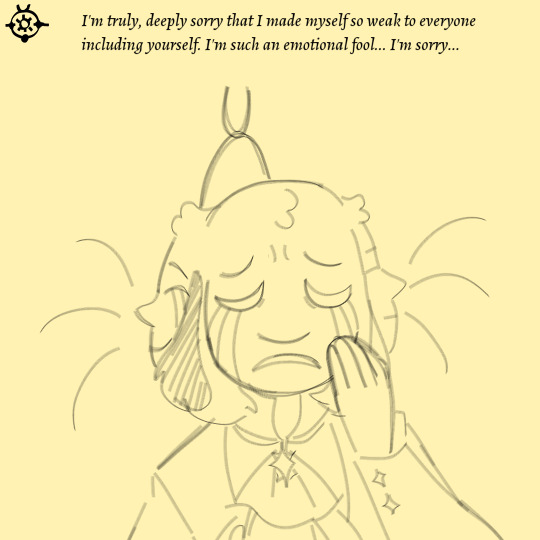
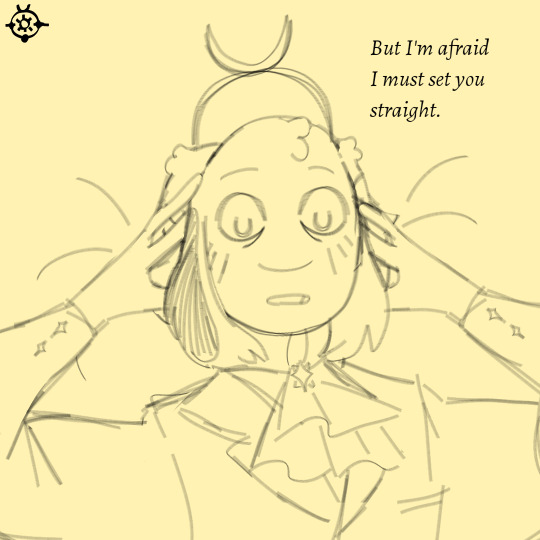

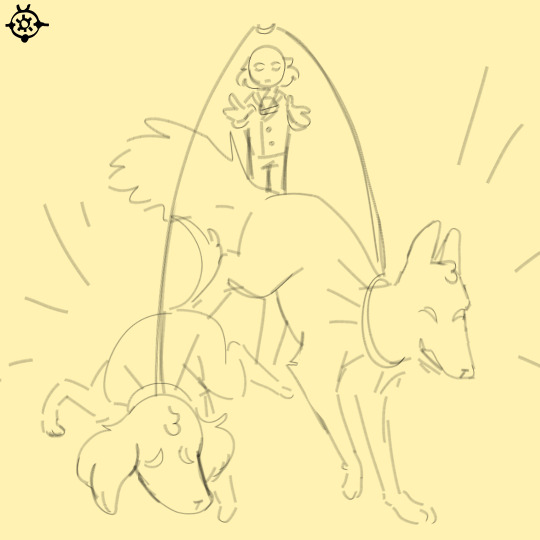
-
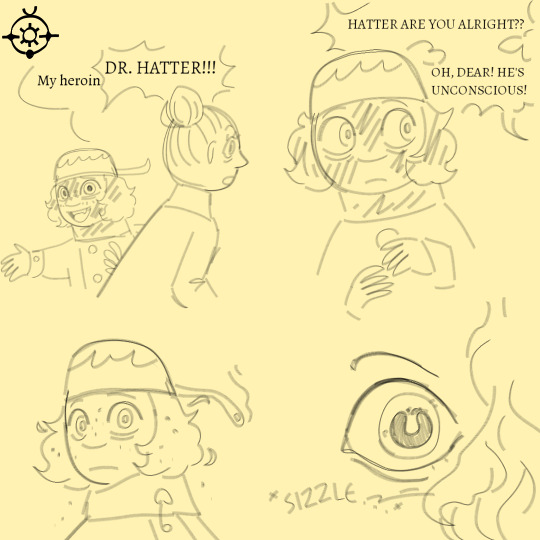
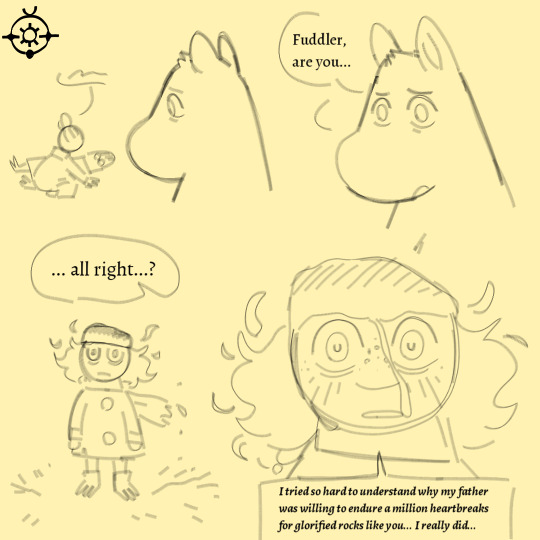
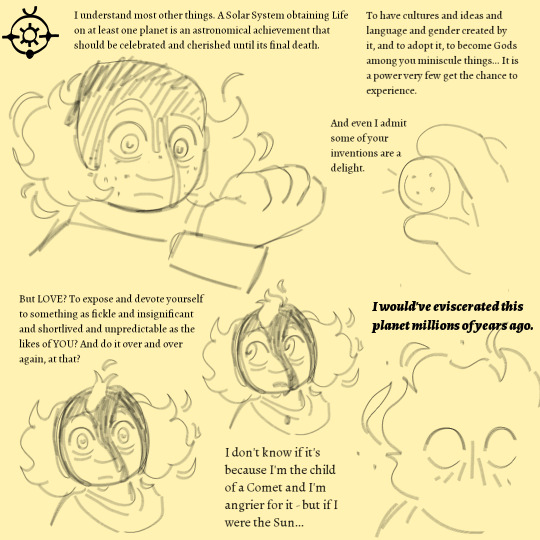
Small comics of some Sun Dog AU concepts
#moomins#moominvalley#art#muddler#moomin muddler#the muddler#joxter#fuddler#the fuddler#moomin fuddler#sun dog au#doodles#ok to explain the Muddler comic: a Sun Dog is a real optical phenomenon where there appears 2 'suns' next to the real one called sun dogs#the Sun tarot card represents happy things and when reversed it's nearly the exact opposite. thus a bipolar characterization is formed#and the moon tarot card has a dog and a wolf on it#for the 3rd comic: Fuddler is a white dwarf star. Fun fact about them: they're the mass of the sun condensed down to the size of the earth#making them very...... compact with power yet unable to die a glamorous death via supernova#the scenario is totally based on the original Fuddler's Courtship comic#moomintroll#mymble jr#juddler
58 notes
·
View notes
Text
How Rainbows Form pt. 2
To add to a previous post, this one explains how rainbows appear to us as half-circles!
Ok, so other than the dispersion of light in raindrops, another factor in the occurrence of rainbows is seeing them. We do not see every individual rainbow formed from each droplet because we’re too far away to see them. Instead, we see different individual colors from different raindrops based on their height and angle from us.

A raindrop at a 42-degree angle from us relative to the sun would reflect red light to us and end up looking red. The other raindrops below it would look orange, yellow, green, blue, and indigo in the angles between 40 and 42 degrees. Violet would be below the other colors at a 40-degree angle from us and the sun.
This would also explain why we see rainbows as an arc or half-circle. According to Wikipedia, “A circle is a shape consisting of all points in a plane that are at a given distance from a given point, the center”.
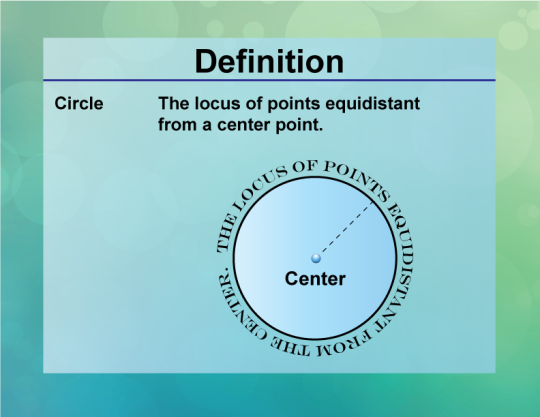
The sun shines light on many points at once from its direction. For an observer to be able to see colors from a rainbow, the dispersed light reflected from the sun would have to reach them from an angle. This means that all the other raindrops reflecting colors to the observer would also have to reach their eyes at 40-42 degree angles, which also leads to all the points (in this case, raindrops showing color) being at similar distances away from the observer.
To make this easier to understand, I tried to use a triangle ruler where the lines (base and hypotenuse) represented the path of the light from the sun to the observer’s eyes; the point of the triangle touching the ground would represent the observer.
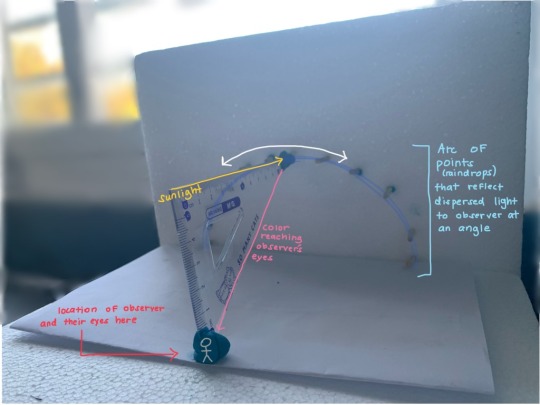
If the triangle was tilted so that the point on the bottom stayed in its place, it would go in the direction of an arc. If all the points on this arc were mapped out, it would form a half-circle or at least part of one.
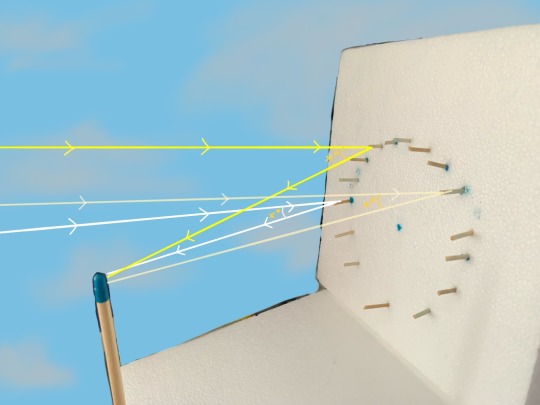
It would form a full circle if no ground or horizon were blocking the triangle ruler. This is the same for rainbows. Rainbows are full circles, but the lower half is usually blocked by the ground or horizon. This is also the reason why people on airplanes or in the sky can sometimes see rainbows as circles because the horizon does not block them.
Rainbows are also similar to mirages since they’re a result of the behavior of light, so unfortunately you can’t ride them or find any gold at the end. Additionally, the rainbow will move with you because only certain raindrops can form the rainbow you see depending on your position and location; Buttttt! this also means that everyone sees a different rainbow, which makes each rainbow as unique as the observers who look at one :) even though it may not look that way at first glance
I’m gonna stop writing about rainbows now but I hope this and the other post were good explanations for the formation of rainbows!
#physics#science#stem#information#info post#infodump#rainbow#rambles#raindrops#sunlight#hyperfixation#natural phenomena#sciencenature#scientific illustration#optics#light#nature#phenomenon#science diagram#diagram#drawing#bad drawing#reflection#refraction#ramblings#perspective#education#edited photos
7 notes
·
View notes
Text
Light pillars
Light pillars is a natural optical phenomenon. It is an admirable and relatively common thing to see in the sky. These columns of light appear to beam upwards from unshielded lights and create an incredible view. Light pillars are most often seen during sunsets and sunrises. They can reach a height of 5° to 10° and sometimes even higher.

This phenomenon is caused by the reflection of light from horizontal surfaces arranged horizontally by the free fall of flake ice crystals.

The appearance of a column of light depends on its formation and the direction of incidence.
14 notes
·
View notes
Text

when ezreal said, your eyes really do twinkle like starlight & when jinx said, lux even makes boring beautiful and don't forget... to miss me, lux... upon dying & when sylas said, at last, i've come for you, jarro lightfeather! whilst attacking ezreal upon meeting him for the first time with such anger that the boy could ever befriend his luxanna and i missed you. i'm sorry i didn't say everything i wanted to... i didn't because i've learned to mask any feelings with my thorny exterior, but i... care about you.

#people talking about lux always make my heart melt because#look at this please#she deserves to be loved and cherished and they do#UGHHHHHHHHHHH#𝐈𝐈. about ✧ rambles : well a double rainbow is a phenomenon of optics... ( general )
3 notes
·
View notes
Text

Thatcher effect
#margaret thatcher#optical illusion#illusion#perception#phenomenon#upside down#so called#flipped#adele#face recognition#upright#inverted#autism#tricks#mind tricks#riddles#problems#science#neoliberalism#neoliberal capitalism#tories#anti tories#uk politics#ding dong the witch is dead#gender neutral bathrooms#wtf#mind boggling#rolling in the deep
1 note
·
View note
Text
so on wednesday i went storm chasing with my friend and as we were watching a storm to Maybe Perhaps do something rain came in. and i just got my ratty puma windbreaker from god knows what year and put it over my head and as my friend cackled said: "feeling very philip seymour hoffman in twister (1996) in this"
picture for reference but picture this in the middle of nowhere in germany on a day where the storms aint stormin' for the full effect

#text#this and seeing a nice pileus was probably the highlight#okay and the rainbow that was visible in a hail shaft also caused a pretty optic phenomenon
5 notes
·
View notes
Text
,,
American ophthalmologist Adelbert Ames Jr. also created what is known as "the Ames Room". The Ames Room is a distorted room that creates an optical illusion that makes people appear smaller or larger than they really are.

The Ames Room illusion works by manipulating the viewer’s depth perception. The room is shaped like a trapezoid with the back wall shorter than the front wall, and the ceiling and floor are angled. From the front view, the room appears to be a normal rectangular shape, but in reality, it is not."
,,
⠀
Text and photo from a 2023 blog post of Entertrainment Junction.
,,
Studies show, however, that some married persons perceive less size distortion of their spouses than a stranger. This instance of selective perceptual distortion, known as the Honi phenomenon, could perhaps reflect differential familiarity and/or emotional involvement toward these stimulus persons.
,,
⠀
From an article on APA PsycNet.
Dion, K. L., & Dion, K. K. (1976). The Honi phenomenon revisited: Factors underlying the resistance to perceptual distortion of one's partner. Journal of Personality and Social Psychology, 33(2), 170–177.
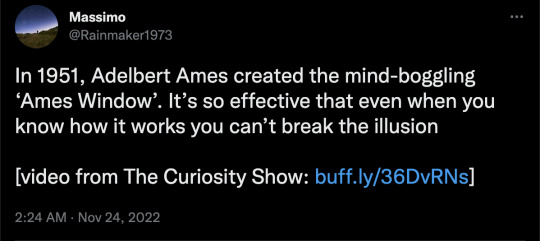
An interesting demonstration of how the human brain works.
But also something of a lesson regarding perception, and the unreliability of subjective perspective versus objective reality.
You can be extremely certain about how you perceive the world, your "lived experience," that which you "feel it in my heart." But that doesn't mean it's actually true. And it doesn't mean we have to endorse it, or ignore or outright deny objective reality.
That's a "you" thing, not a "we" thing.
#ames window#ames room#honi phenomenon#Adelbert Ames Jr#ophthalmology#optical illusion#entertrainment junction#apa psycnet#the curiosity show#practical effects#illusion
81K notes
·
View notes
Text
Optical illusion: Can you spot the hidden fish in this leopard pic? You have just 10 seconds! - Times of India
Optical illusions get our brain to exercise, and they are also a way to reveal our innermost personality and hidden traits. An optical illusion is a visual phenomenonwhere the brain misinterprets what the eyes perceive. It occurs when the information sent by the eyes conflicts with how the brain processes and understands what it sees. These illusions often trick us into seeing things that are not…
#leopard optical illusion#optical illusion#physiological illusions#types of optical illusions#visual phenomenon
0 notes